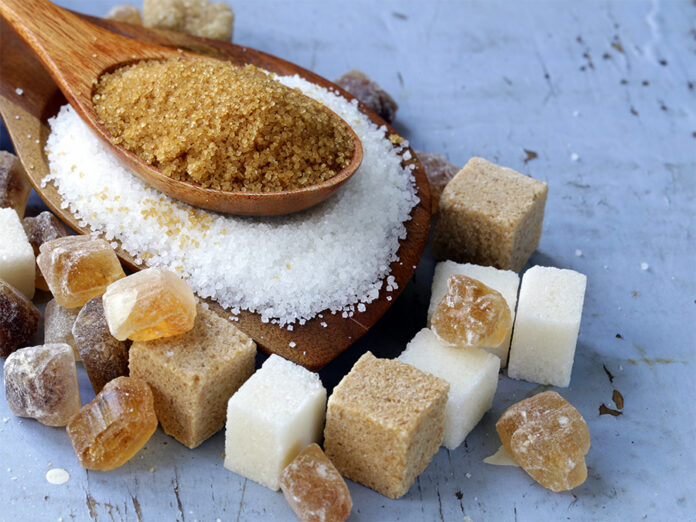Having A Sulfite Sensitivity Can Be Scary
Sulfite exposures can be incredibly obscure. In the early stages of my discovery, I limited venturing out to try new things. But that isn’t a wonderful way to live. To be scared of food? Food should nourish and be enjoyed. We need to learn what we safely can and can’t have. Awareness comes with learning the different names for sulfites, identifying ingredients that may be processed with sulfur dioxide, and tracking your immediate and delayed reactions to sulfites.
But It Doesn’t Have To Be
With a food intolerance, it may feel like you have to stick to ‘health’ foods, single-ingredient foods, and avoid all ‘fun’ foods. In contrast to food allergies, those with food intolerances or sensitivities can tolerate small amounts of the offending agent. In the case of sulfites, they can be found in foods naturally including some fruits and vegetables. As some foods are created and processed, they may be soaked in sulfur dioxide such as with corn. As the food is processed further, it retains some level of sulfur dioxide but because it is part of the process, it is not required to be listed as an ingredient.
Learning About Sulfites In Sweeteners Is A Good Way To Start
Sweeteners and sugars are a prime example of ingredients that may contain hidden sulfites. Many are processed with sulfur dioxide or may be preserved with sulfites to retain color. The number of versions of sweeteners seems countless. For sulfite-sensitive people, it feels like a minefield.
There is corn syrup, dextrose, fructose, sucrose, high fructose corn syrup, cane sugar, beet sugar, maple syrup and honey, molasses, and taurine. Safest among this list would be cane sugar and honey. Least safe would be molasses, taurine, European beet sugar, and products with corn syrup and dextrose.
In addition to the sweeteners in treats, it is important to be aware of food colorings (red #40 and yellow #5), gelatin, dried fruit, and other additives. Since intolerances can vary from person to person, it is important to pay attention to how you feel immediately after you eat food and how you feel over several days if regularly consuming new food.
Symptom Logging Is Crucial To Discovery
I find that the most efficient way to do this is by keeping a food log. If you feel sick, write everything you ate in the last 24 hours. Over time you may notice a pattern and start your journey to learning what you can and can not eat. As you do this, you may start to feel better than you have in a very long time or in my case, better than I had ever felt in my entire life.
Good Health Is A Journey, Well Worth The Effort
With food sensitivities, it is a work in progress and there are setbacks. There are times that foods may slip into your diet unintentionally but as time goes on, the good days far outweigh the bad. Finding my sulfite sensitivity changed my entire life.
I truly hope to help others find their path to good health. I would love to hear from you if you have discovered a sulfite-sensitivity. I’d also love to learn some new tips and tricks to avoid sulfites. Please leave a comment or email me!
I recently came across learningtarget.com which is an incredible wealth of information on sulfites and gave me a lot of good insights when preparing this post.





I’m shocked, seriously, that you have no mention of molybdenum, the mineral that transforms sulfites into sulfates via the enzyme sulfite oxidase. If you have sufficient molybdenum, sulfites aren’t a problem.
HI Kelly. Thanks for checking out my blog. Yes, molybdenum helps convert sulfites into sulfates. Unfortunately, I haven’t found the upper limit of supplementation for molybdenum so I’m not comfortable recommending it. I take molybdenum in my daily vitamin. I believe it helps.
Comments are closed.